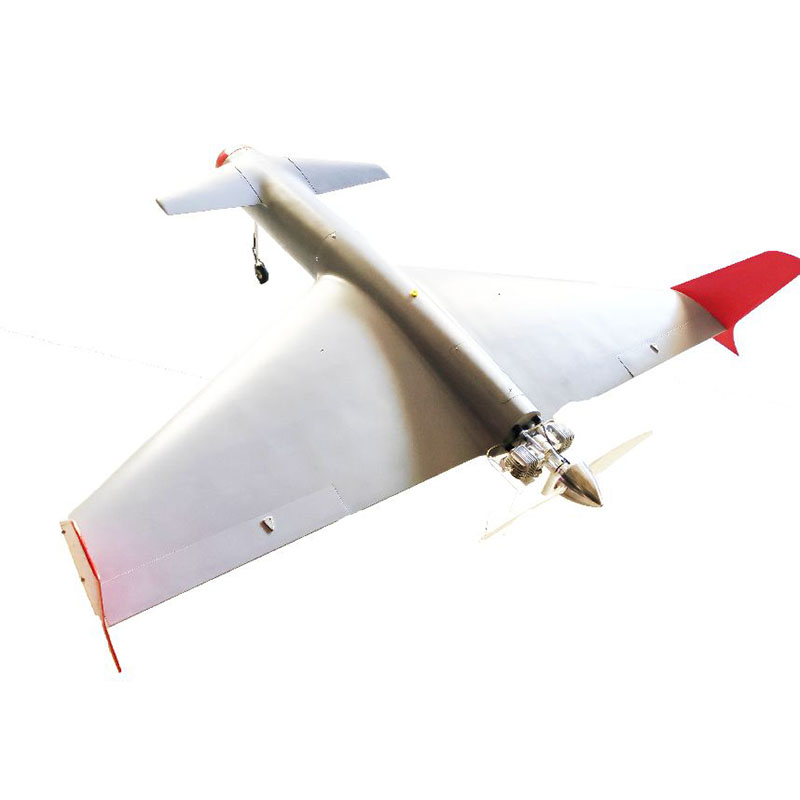Unmanned aerial vehicles (UAVs), also known as drones, have revolutionized the way we approach various industries. With their ability to capture aerial footage and perform tasks that would be impossible for humans, UAVs are rapidly expanding their applications.

One of the most popular uses for UAVs is in the agriculture industry. Precision agriculture through UAVs can increase crop productivity and efficiency. Farmers can gather data from drones that capture information related to moisture levels, irrigation effectiveness, nutrient deficiencies, and more. This data helps farmers precisely apply fertilizers, pesticides, and herbicides, as well as helps detect crop diseases.
Another industry where UAVs are seeing wide growth is the construction industry. Drones equipped with cameras and sensors can provide real-time data gathering and mapping of construction sites. By collecting data over time, UAVs can create 3D maps, point clouds, and models. These maps and models can help contractors easily identify issues with the site, track progress, and maintain accurate records. UAVs can also be used to inspect equipment, detect safety hazards, and keep workers safe.
UAVs are also expanding their presence in the logistics and transportation industry. Using UAVs, companies can deliver goods and emergency supplies to remote areas and disaster zones quickly and efficiently. In urban areas, UAVs can also help with last-mile delivery, reducing the need for traditional delivery trucks that contribute to traffic and pollution.
Energy and utilities are also one of the industries using UAVs for inspections, maintenance, and repairs. For instance, wind turbine blades require regular maintenance to ensure they are in good condition for generating electricity. Previously, this task had to be carried out by humans who had to climb to the top of the turbine while strapped to a harness. Now, UAVs equipped with cameras and sensors can inspect the blades and take measurements without putting human lives at risk.






